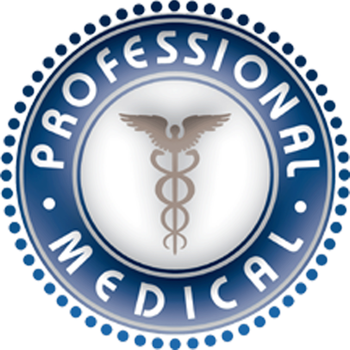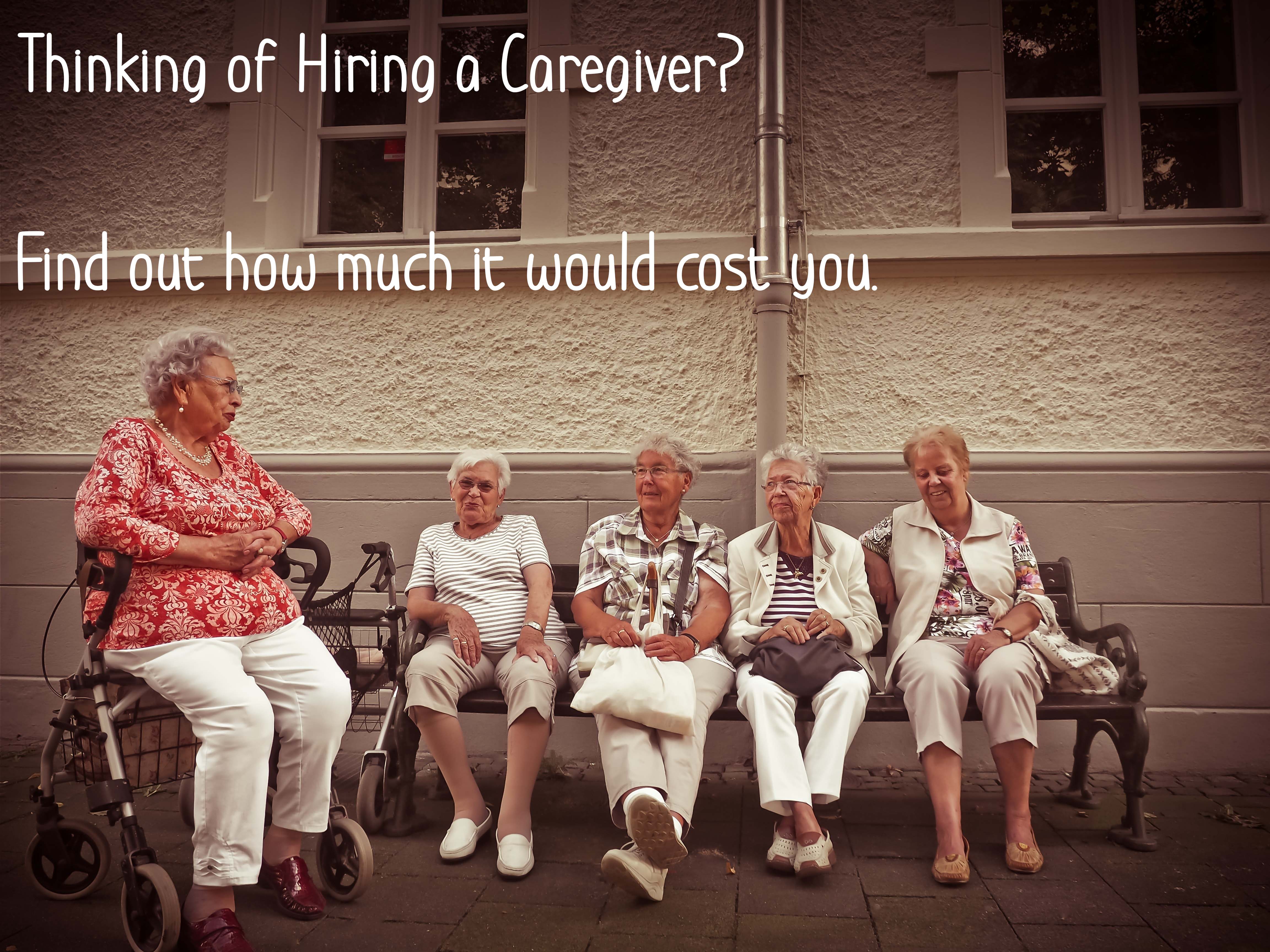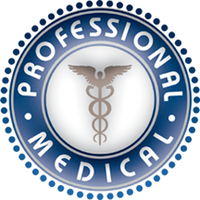
A multinational survey released today found that 59 percent of people incorrectly believe that Alzheimer’s disease is a typical part of aging.
“People misunderstand that Alzheimer’s really is a disease,” Angela Geiger of theAlzheimer’s Association, which led the survey, told me. “It’s fatal. And it’s going to be affecting more and more people, whether or not it runs in their family.”
Aging increases a person’s odds of getting Alzheimer’s disease, and researchers are still learning how age disposes neurons to the disease process, but it’s clearly distinct from normal aging.
Even before a person starts experiencing symptoms of Alzheimer’s dementia, their brain is developing deposits of proteins called amyloid plaques and tau tangles. Neurons begin to work less efficiently, eventually failing to connect and communicate with on another and dying. Damage spreads to the hippocampus—the seat of forming new memories—which shrinks as its neurons die. In the final stage of Alzheimer’s, a person’s brain is appreciably diminutive.
The United States’ National Alzheimer’s Plan has the goal of being able to “prevent and effectively treat” Alzheimer’s disease by 2025. The G7 adopted the same goal in December. Geiger said realistically meeting that will require billions of dollars in research investment—though that would pale compared to the costs of caring for millions of people with the disease. In 2010, costs of care for people 70 and older with dementia in the U.S. were between $159 billion and $215 billion, according to the department of Health and Human Services. Those costs are set to soar as worldwide prevalence of Alzheimer’s disease increases, affecting roughly 76 million people by 2030.
“With the right amount of awareness,” Geiger said, “this is a disease where we can have a major breakthrough in our lifetimes.”
http://www.theatlantic.com/health/archive/2014/06/alzheimers-is-a-disease/373023/














Comments 0